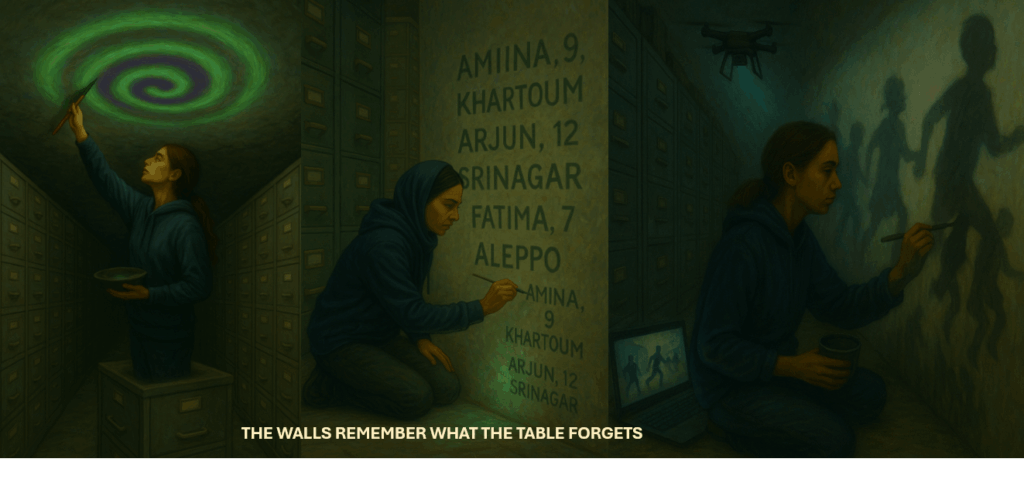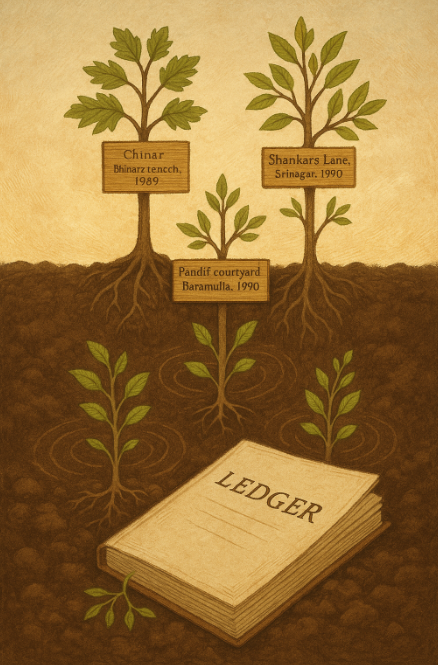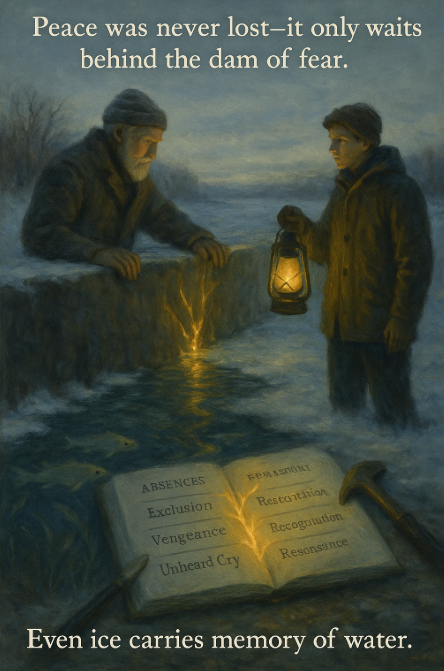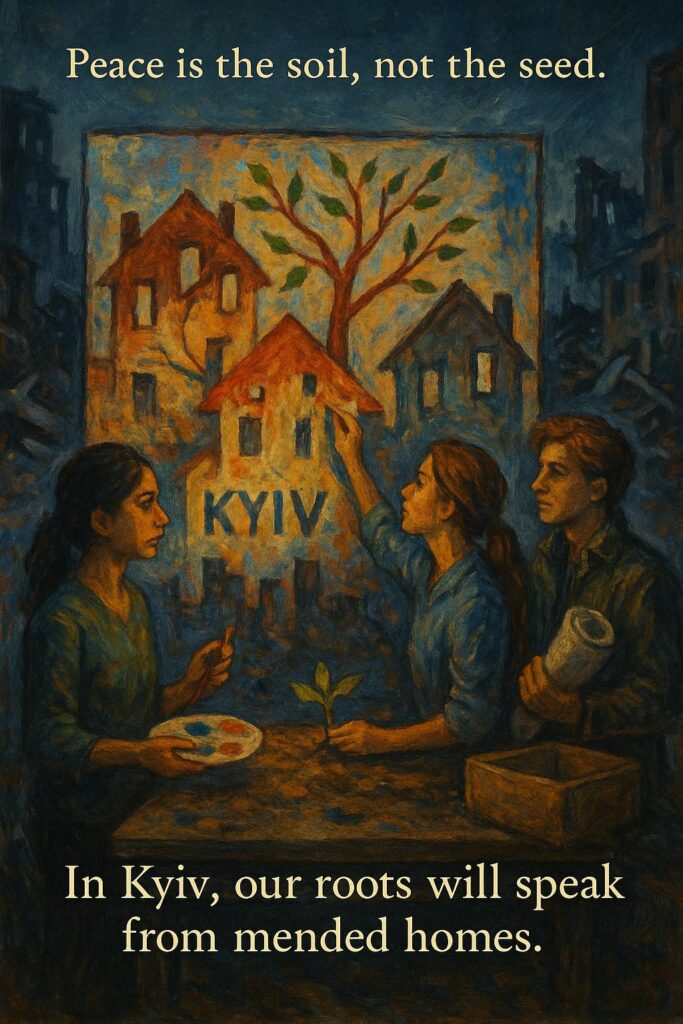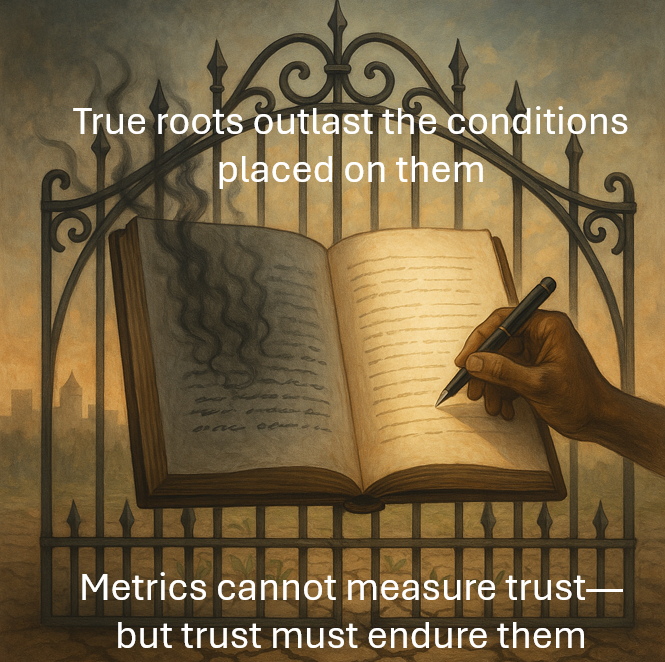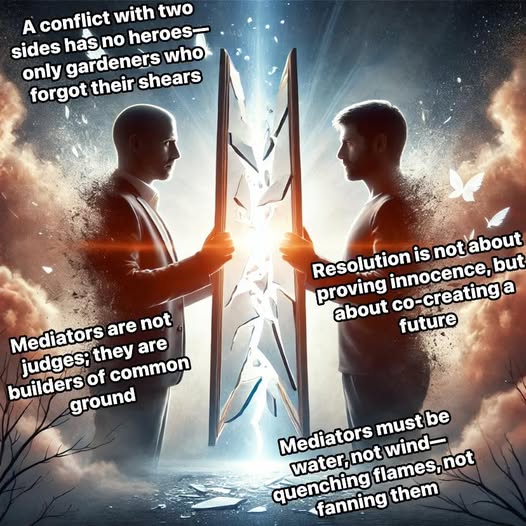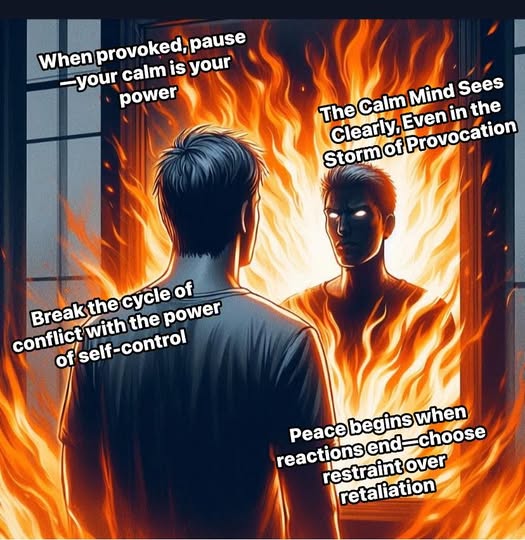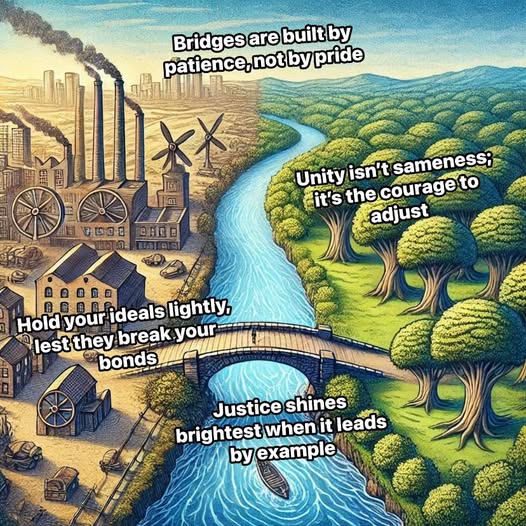Murals in the Basement – Memory Basement
Date: October 17 – November 3, 2027Location: Sub-Basement Level -3, UN Headquarters, New York They weren’t allowed in the archives.So they went anyway. At 2:14 a.m. on the seventeenth of October, seven kids in navy hoodies slipped past the night guards, carrying nothing but two tins of Sudanese ash-ink, a box of reed brushes, and […]
Murals in the Basement – Memory Basement Read More »
Leadership